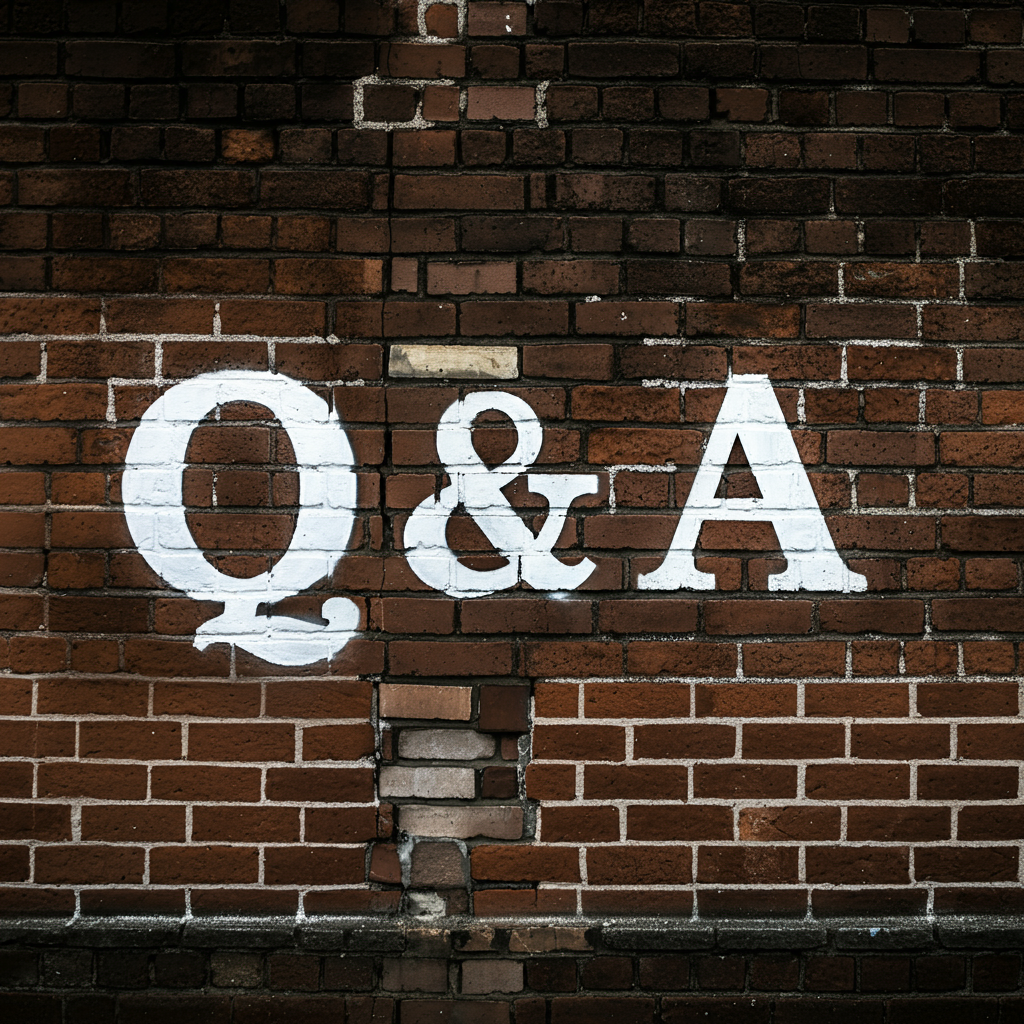In English grammar, understanding how to transform sentence structures can sometimes be confusing. One common issue arises when changing from the 4th sentence pattern (SVOO) to the 3rd sentence pattern (SVO). In this article, we will explore why the preposition ‘of’ is often used in such transformations and how it functions in English sentences.
Understanding the 4th Sentence Pattern (SVOO)
The 4th sentence pattern in English is typically used when a sentence involves a subject (S), verb (V), two objects (O). The objects in this case are usually a direct object and an indirect object. For example: ‘Janice asked her students a very difficult question.’
In this sentence, ‘Janice’ is the subject, ‘asked’ is the verb, ‘her students’ is the indirect object, and ‘a very difficult question’ is the direct object. This pattern is common when we are referring to someone or something receiving an action directly and indirectly.
Transforming to the 3rd Sentence Pattern (SVO)
The 3rd sentence pattern in English consists of a subject (S), verb (V), and a single object (O). When transforming from the 4th to the 3rd pattern, the indirect object is usually moved to a prepositional phrase with ‘to’ or ‘for’, and the direct object remains the same. For example, the sentence ‘Janice asked her students a very difficult question’ would be transformed to ‘Janice asked a very difficult question to her students.’
However, in some cases, especially with more formal or specific usage, ‘of’ might be used in a way that seems unusual. Let’s examine this in more detail.
The Role of ‘Of’ in Sentence Transformations
In some cases, ‘of’ is used when transforming the sentence structure, particularly when a specific relationship or ownership is involved. For example: ‘Janice asked a very difficult question of her students.’
The use of ‘of’ in this context implies that the question is being asked by Janice and is specifically related to her students. It can convey a slightly more formal tone or emphasize the involvement of the students in the action. The preposition ‘of’ helps express this relationship more clearly than using ‘to’ or ‘for’.
When to Use ‘Of’ in Sentence Transformations
The use of ‘of’ in the transformation from the 4th sentence pattern to the 3rd sentence pattern is typically employed in more formal or literary contexts. It is not commonly used in everyday conversation but can be seen in written English or more formal speech. The phrase ‘asked of’ suggests a specific request or question being made to a particular group or individual, often with a sense of formality or respect.
For example, the sentence ‘The manager asked for feedback from the team’ can be transformed into ‘The manager asked feedback of the team’ in a formal setting. The use of ‘of’ gives the sentence a more official or structured feel.
Summary: Why ‘Of’ is Used in Transformations
In summary, ‘of’ is used in sentence transformations from the 4th to the 3rd sentence pattern to express a specific relationship or formality between the subject and the object. While not always necessary, it helps to clarify the connection and add emphasis, especially in more formal contexts.
Understanding when to use ‘of’ can enhance your English grammar skills and help you produce more precise and formal sentences. Keep in mind that this transformation technique is mostly seen in written English, literature, or formal speech.


コメント